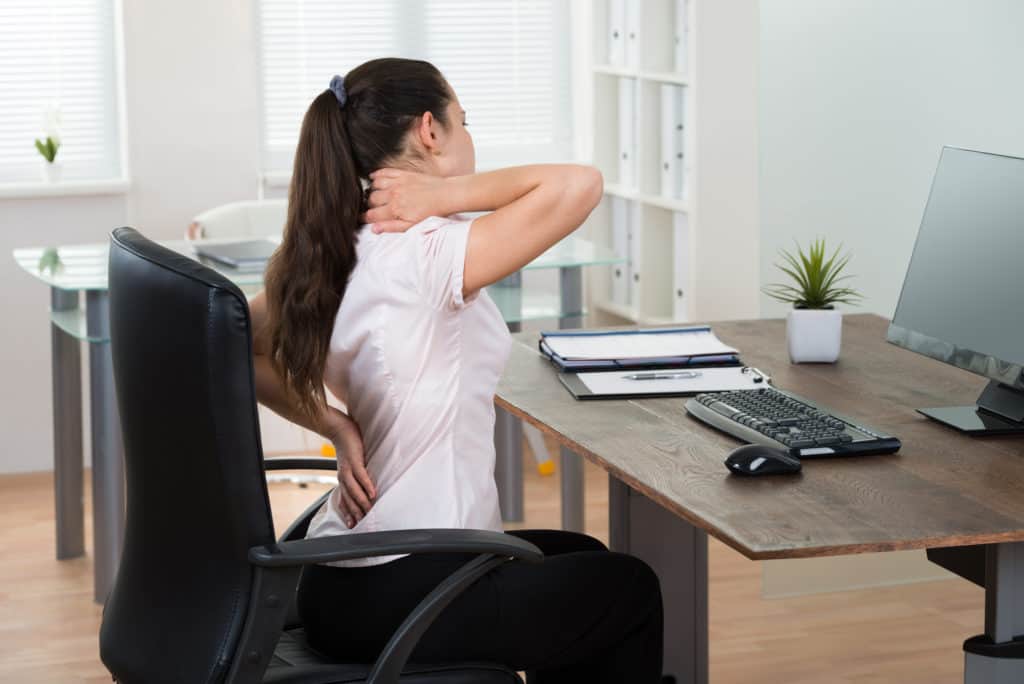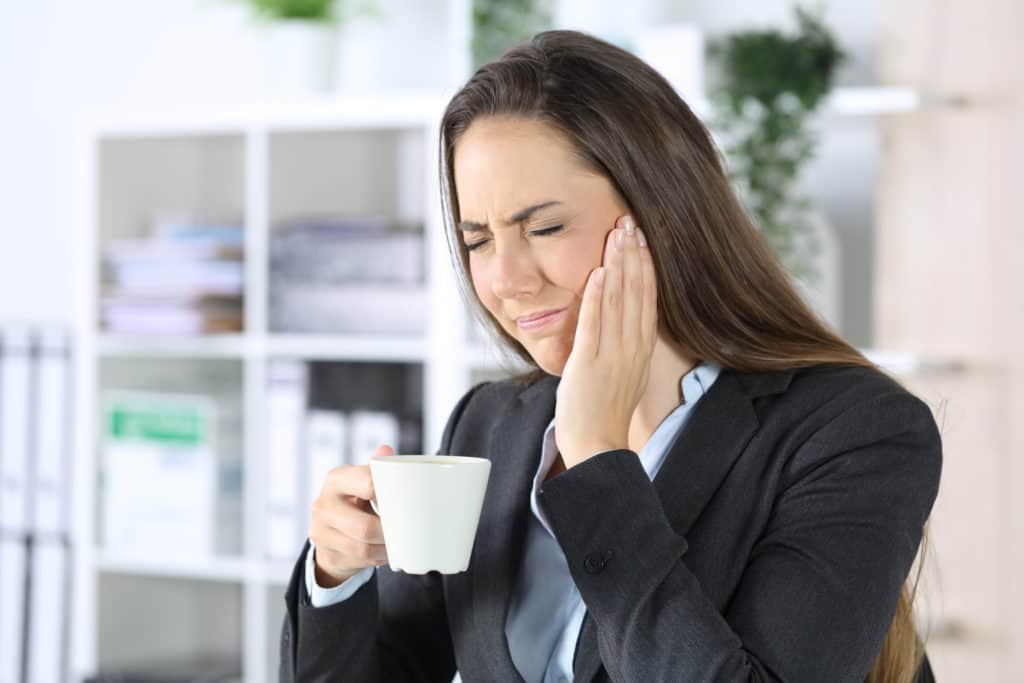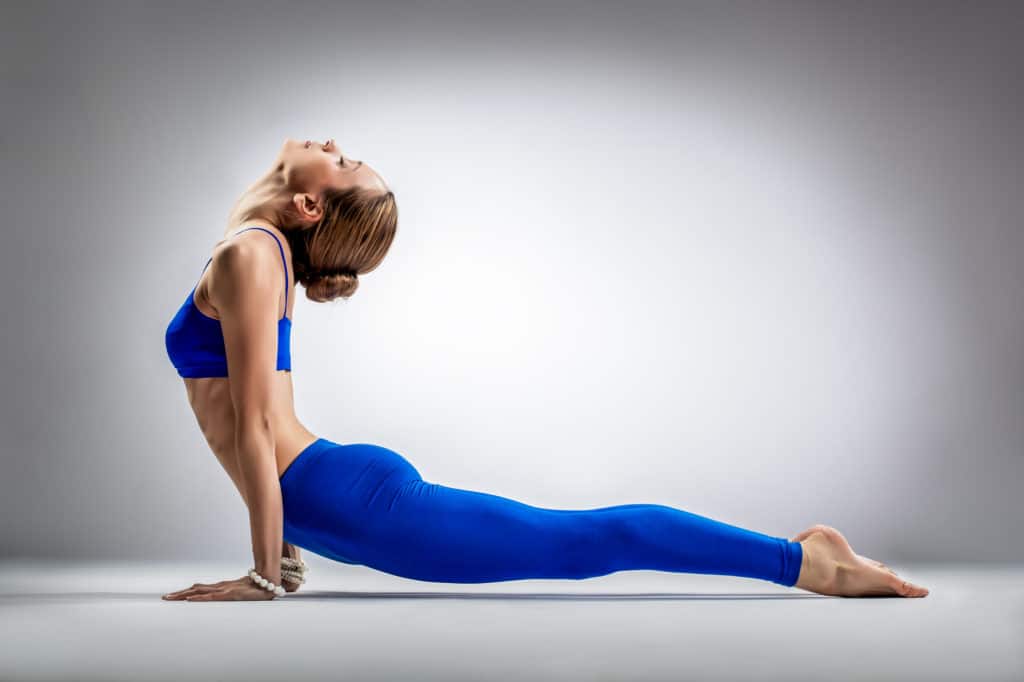
How’s your posture?
Good? Bad?
Not sure?
We’re all guilty of slouching, stooping, or awkwardly twisting occasionally. But – believe it or not – if you do these things all the time you could end up with some serious health problems. Yes, really.
As children, we’re told to “sit up straight” and “don’t slouch,” but even by the time we reach adolescence, those lessons are long forgotten, and we don’t usually have anyone to point it out when we do have poor posture.
But without these timely reminders from our teachers or parents, this is when, over time, poor posture becomes our body’s default setting. It’s so habitual that we don’t even notice it. The advice from teachers might have seemed nit-picking and annoying at the time. But there are serious ramifications associated with poor posture as you get into your 40s, 50s, and beyond. For example, “slouching” or “slumping” over your desk or workstation not only looks awkward but can also cause various health issues.
More Blogs From Release Works
Myofascial Release Therapy: Will I Have Homework (exercises at home) To Do?
Why Neck Surgery/Back Surgery Can Actually Make Things Worse
How To Sleep With Ongoing Neck Pain?
What Are The Negative Health Effects of Poor Posture?

Over time, the main thing that a poor posture affects is your spinal column. As well as housing the main pathway of nerve signals and messages throughout your body, your spinal column absorbs shock and helps you maintain a steady balance. So, if you don’t regularly maintain a healthy posture when sitting or walking, it can cause problems with your balance and many other things. Let’s examine what those other things are:
- Improper blood circulation: Poor posture can also impact blood flow around your body. But the impact of this connection is even more of an issue if you have a sedentary job and sit for long periods without a “movement break .”Why? Because sitting for a long time can severely affect the movement and circulation of blood. The easiest way to avoid this and to prevent poor circulation while sitting is to stand up and do a few stretches or walk around the room every 30 minutes or so. For the posture side of things, you can help improve your circulation by selecting a chair for your workstation that ergonomically fits the contours of your spine and prevents you from slouching.
- Cardiovascular issues: As we’ve already mentioned, poor posture affects the alignment of your spinal column and causes constriction of the blood vessels. This constriction impacts blood flow and the proper circulation of nutrients and oxygen to various parts of your body. The side effects of poor posture could further lead to blood clots, deep vein thrombosis, and other cardiovascular problems in the longer term. So, shockingly, you may be at an increased risk of developing cardiovascular disease if you don’t take simple steps to improve your posture.
- Pain in the neck, shoulder, and back: Maintaining a poor posture can also lead to aches and pains in several parts of the body, namely the neck, shoulder, and back. This connection to chronic pain is because a poor posture leads to additional stress and strain on the muscles, joints, and connective tissues in the back, neck, and shoulders. However, it is not always possible to sit “correctly” and always maintain a perfect posture. But even if you must sit or stand in an awkward position at times, try not to let it become habitual because that’s when it leads to pain. For example, twisting your neck or slouching your back for a minute or two will not cause any health issues. It’s the long-term, it gets molded into your body kind of thing that heads you for trouble.

- Digestive issues: When you’re sitting down, it’s tempting to slouch over and let your neck and shoulders droop over your abdomen and chest. But if you remain in this position for an extended period, it can compress your digestive organs. Over time if you continue to slouch over in this position, it will begin to affect your body’s digestive process and slow your metabolism. Evidence suggests that people with a sedentary lifestyle who remain seated for long periods are more susceptible to digestive tract issues like irritable bowel syndrome (IBS). If you need to sit at a workstation for hours, for work reasons, try to avoid slouching. Plus, take a break every 30 minutes or so to stand up straight and walk around the room to improve blood circulation to your digestive organs and throughout your body. Bonus if you do things like bend, twist, reach, and squat during your break.
- Pulmonary issues: Maintaining a poor posture while sitting down can also lead to pulmonary problems and breathing issues. For instance, leaning too far forward or hunching over can impact the amount of air you’re able to take into the lungs and affect their proper functioning. If your lungs don’t function properly, vital organs like your brain and heart don’t get enough fresh oxygen. Pulmonary problems and breathing issues can cause breathlessness, cardiovascular issues, and reduced cognitive ability and concentration.
- Can worsen arthritis: You might not anticipate it, but poor posture can absolutely exacerbate the painful symptoms of arthritis. For example, poor posture can cause misalignment of the spine, pelvis, and knees, which can put additional stress on the joints and worsen the symptoms of arthritis in susceptible patients. In addition, poor posture is one of the leading causes of deteriorating arthritis in the knees, which in severe cases can lead to total knee replacement surgery. So unsurprisingly, sitting or standing with an improper posture will increase your pain levels if you already have arthritis.

- Pain in the TMJ joint: Temporomandibular disorder (TMD), more commonly referred to as TMJ, is a pain in the jaw joint. The TMJ joints link the jaw to the temporal bones of the skull. It may surprise you to learn that sitting on standing with poor posture can lead to TMJ problems due to misalignment of the spine and an improper bite. Likewise, if you habitually hold your head forward or raise the shoulders in an unnatural position of tension, the TMJ joint can move out of place, which disrupts the delicate balance of joints and ligaments in this area. Consequently, it leads to jaw pain and inflammation, spasms, and locking of the jaw, which causes chewing issues, pain, and discomfort.
- Headaches: It affects the spine’s natural curvature when you have a poor posture. This unnatural curvature can lead to stress and tension in your neck muscles. Having a tight neck leads to headaches as the pain travels upwards to the skull.
- Impacts sexual health: Most people are surprised to learn this one. Your poor posture can also impact your sexual health. Yes, that is right. Studies have shown that a sedentary lifestyle, poor posture, and sitting for extended periods are harmful to sexual and wellbeing. In fact, it directly affects your sexual function, enjoyment, and performance because it leads to shortening and rigidity in the pelvic floor muscles. Strong and healthy pelvic floor muscles are essential during sexual intercourse, especially when trying to achieve orgasm. Why? Because tight and weak muscles lead to very weak orgasms, weakened ejaculations in men, and potential fertility problems.
How To Improve Your Posture

Improving your posture is one of the most important things you can do to look after yourself and protect your long-term health. It reduces chronic pain and prevents injuries, and it can help improve your mental health and sexual function, to name just a few of the many benefits. But what is a good posture?
Well, in simple terms, it relates to the positioning and alignment of your spine. Naturally, your spine should curve in an “S” shape – curving inwards at three different points: the nape of your neck, middle of your back, and your lower spine. Good posture refers to a position that keeps your body and spine in this natural “S” shape – no more and no less. Just right.
To make it easier to visualize, try to imagine and reposition your body accordingly, so your head is stacked right above your shoulders and your shoulders above your hips. You may need to move forwards or backward depending on your body’s natural tendencies (aka bad habits).
Specific exercises can help to correct poor posture and restore proper alignment. These include yoga, Pilates, and particular types of core strengthening exercises.
One thing that most don’t know to lookout for though, you don’t want to end up clenching, tucking, and “bracing your core” in order to get good posture. This is something I’ve seen and experienced too many problems because of. Too many people “try to sit up straight” and end up wearing themselves out. Good posture shouldn’t be more work and it definitely shouldn’t require holding yourself stiffly.
No, if you really want to find a more enjoyable experience in your body, posture should be a natural result of finding good alignment, support, and movement from the ground up. This is more of a finding all the things in the way of good posture and removing them rather than doing more and working harder to have good posture on top of bad problems.
Myofascial restrictions and subconscious bracing habits are a large part of the problem. You may want to consult with an experienced Myofascial Release Therapist who can help you find and address these contributors to poor posture.
It’s Time To Get In Touch

Would you like some help to improve your posture? We’d be happy to help you improve your posture, learn better movement patterns, and feel great.
Get in touch today and book your free consultation now.
As a final note, many like to point out how it also pays to lose any excess weight that may affect your posture and put extra pressure on your spine, hips, and knees. While this is true, I don’t like to have people thinking the weight is the main problem. It’s tough to lose weight when moving hurts and is difficult. Let’s address that first, shall we? When moving more feels good or at least less bad, it will be easier to lose excess weight.
And, you should also take extra care to ensure your computer or workstation is at the right height and position, so it doesn’t force you to sit with poor posture.

